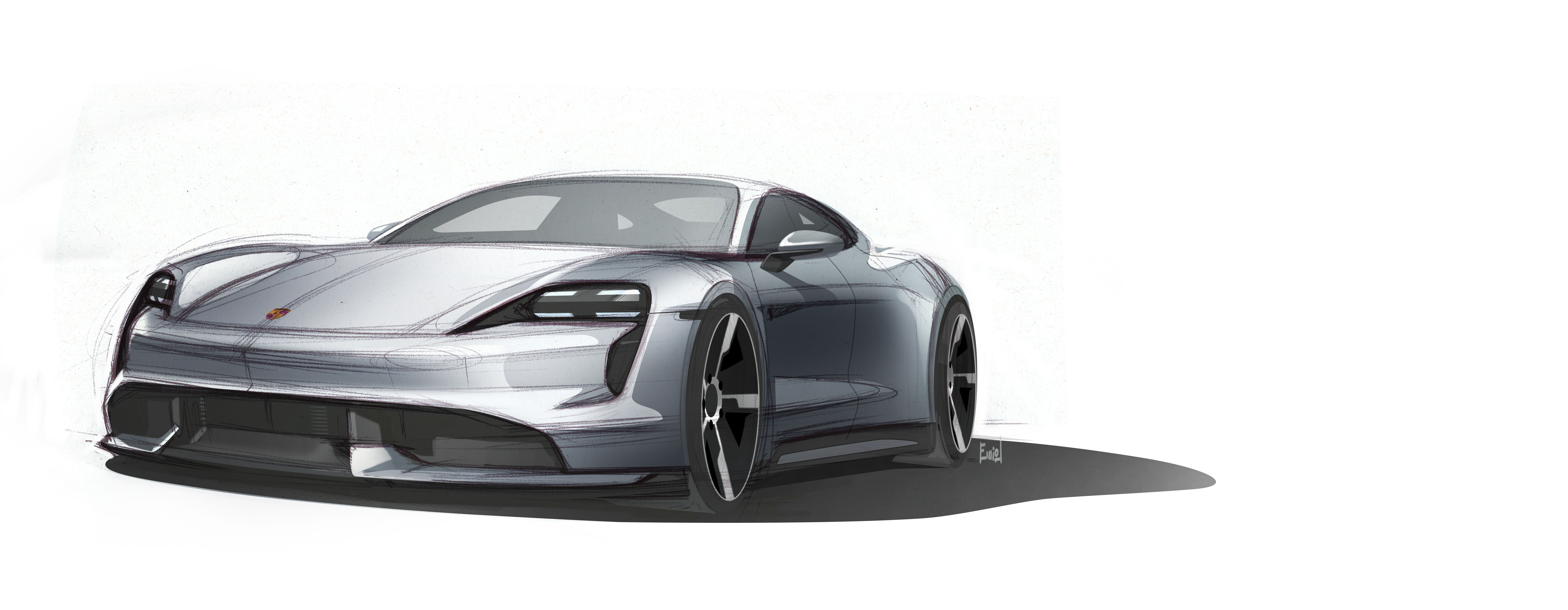Michael Mauer, Head of Style
Mr Mauer, with the
It was indeed one of the most exciting yet challenging tasks, simply because there was nothing to build on. Still, we didn’t start from scratch because we knew that this new model had to be recognisable as a
In what way? What’s so special?
The
How early were you involved in development?
From the outset. That’s the most important prerequisite for a design strategy. In the past, the package would have frequently already been defined when we joined the project. Consequently, a fundamental design decision had already been made at this point. In this context, I always like to explain our process, which essentially consists of 3 steps: proportions, styling and details. The proportions are elementary. If they are not right, you can’t really do much retrospectively with styling and details.
Was it clear from the beginning which direction development was going to take?
We had many discussions, particularly about the package. At times, we also considered launching into e-mobility with an SUV, but ultimately we made the decision to take this important step for
What is your opinion?
With a brand that is as strong as
You explained that the
Yes, that’s correct. In terms of product identity we give each model series its individual characteristics – which
It probably also helps the design that you aren’t forced to fit a large combustion engine under the bonnet?
This results in greater freedom for the
Were you able to adopt features from the
It goes without saying that we have benefited from the experience gained with the different
This brings you back to the challenge of reconciling the goals of both recognisability and differentiation. It needs to be familiar, yet seem new at the same time.
You have exactly this effect when you look at the rear of the
Did you also discuss redesigning the crest with the introduction of the
It is well known that we have repeatedly adapted the crest over the years. I am of the opinion that the brand’s trademarks should also evolve – just like we recently updated the model logo of the new 911 generation upon its launch. I would say the lettering has become slightly more jagged, and we will be adopting this for the
Speaking of tradition, how is design work changing as a result of digitalisation? Do you still need traditional tools?
Let me put it this way: creativity is still paramount and we draw that from designers’ minds, not digital pens or intelligent milling machines. However, we have become much faster because we can simultaneously work in the physical and digital worlds. Today, we can create data models from simple sketches and immediately reproduce them as 3D graphics on computers or large video screens. This is very attractive and accelerates processes, but I remain a firm believer that it is no substitute for crafting a physical model. There are things you just can’t see on a computer that will only stand out in reality. Sometimes you need to design a surface on the basis of mathematically “incorrect” parameters to make sure it has the right effect later. In some instances you will even be unable to state a reason why – you just have a feeling. For this reason, we still rely on tried and tested clay models up to a scale of 1:1 where each surface and each line is created by hand.
It’s reassuring to know that you can’t express everything in formulas.
It goes without saying that it’s also a cost factor, but I believe that you can tell if extra care was taken to design a vehicle. In my eyes, one of the greatest challenges is reminding myself that I am not designing the vehicle for myself, but for customers. They quite rightly expect an exclusive product that also demonstrates quality craftsmanship. The surfaces are charged with an engaging tension, with convex, concave, and everything flowing together. These are also signs of quality. Our customers greatly value this – and I’m sure they will continue to do so in the future.
And this future will now also be all-electric at
Definitely! I started at

![[+]](https://files.porsche.com/filestore/image/multimedia/none/e-performance-michaelmauer-content01/normal/d2ffdbb5-a484-11e9-80c4-005056bbdc38/porsche-normal.jpg)
![[+]](https://files.porsche.com/filestore/image/multimedia/none/e-performance-michaelmauer-content02/normal/ef335f3e-a484-11e9-80c4-005056bbdc38/porsche-normal.jpg)
![[+]](https://files.porsche.com/filestore/image/multimedia/none/e-performance-michaelmauer-content03/normal/016fbf44-a485-11e9-80c4-005056bbdc38/porsche-normal.jpg)
![[+]](https://files.porsche.com/filestore/image/multimedia/none/e-performance-michaelmauer-content04/normal/c60f397a-a17e-11e9-80c4-005056bbdc38/porsche-normal.jpg)